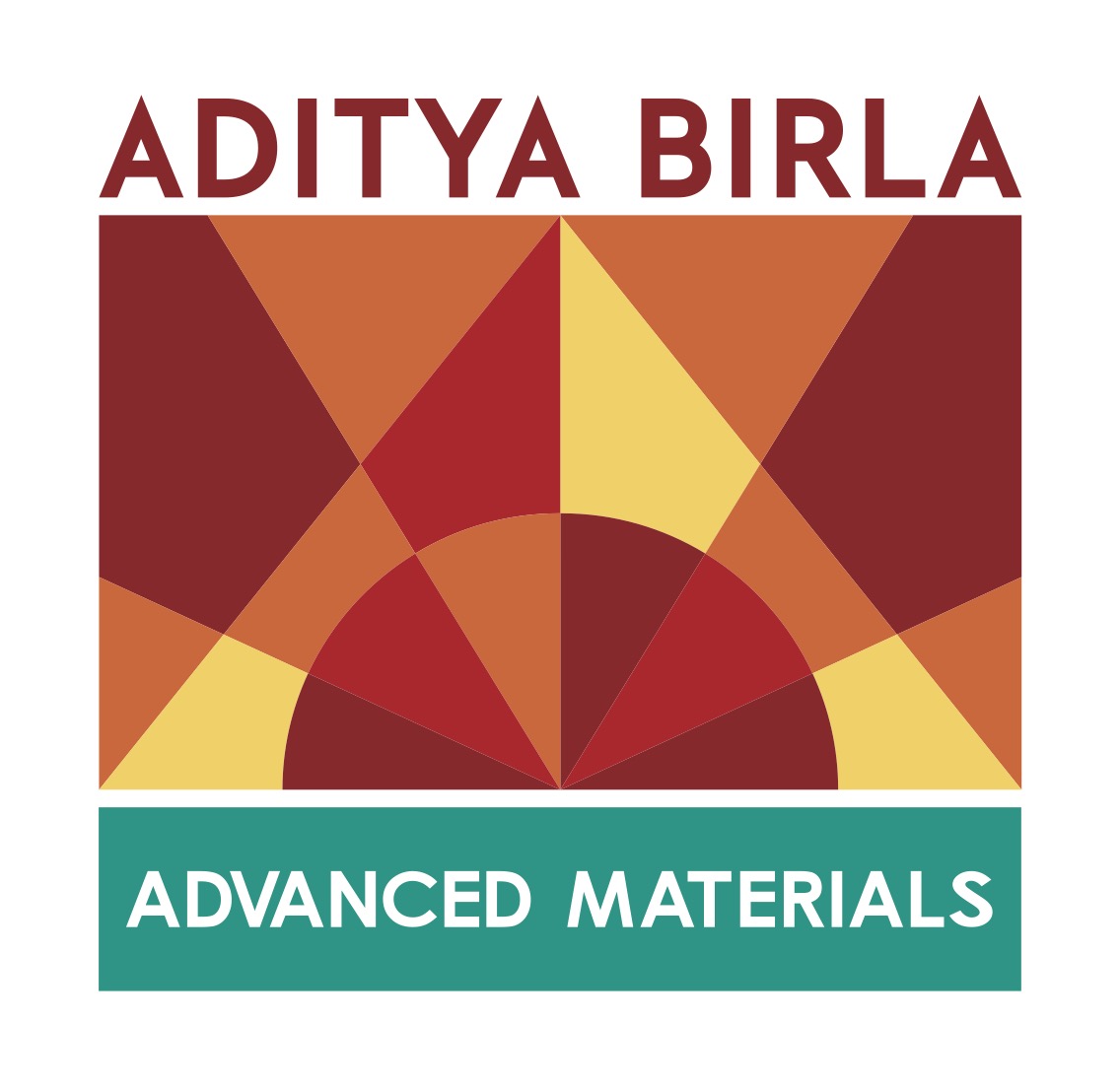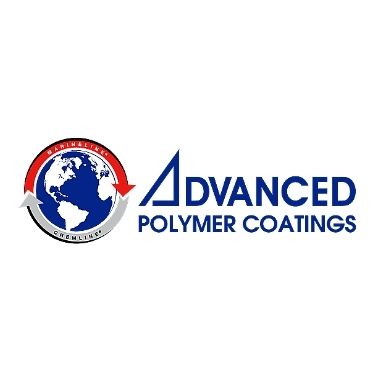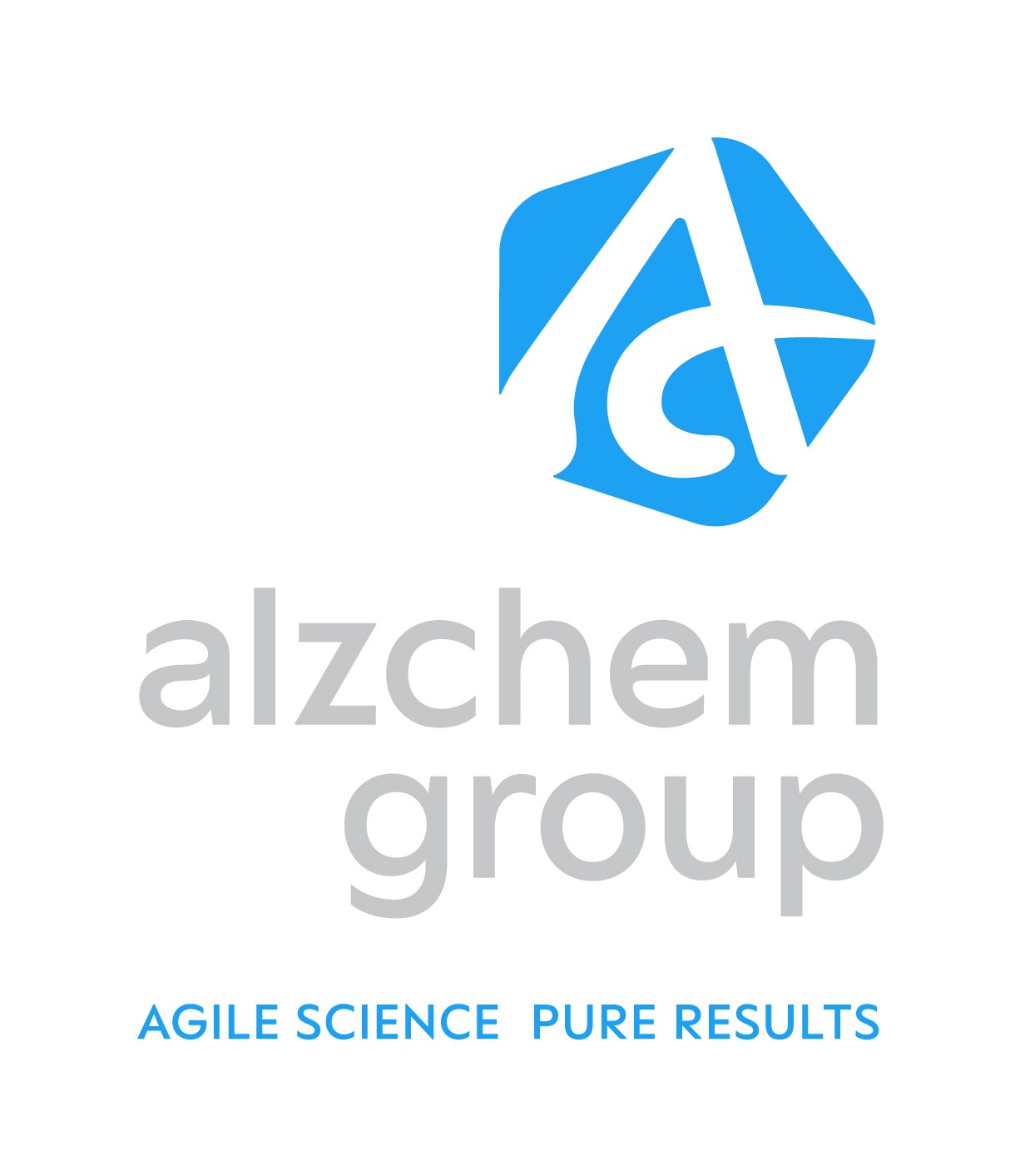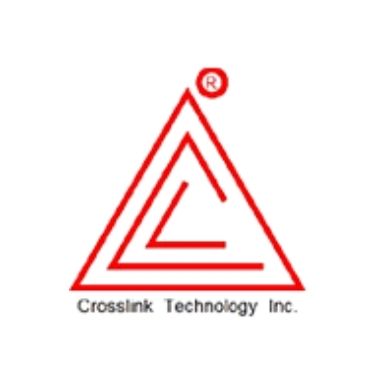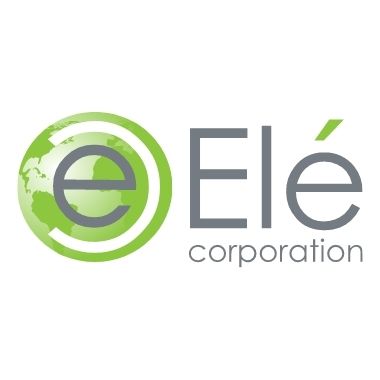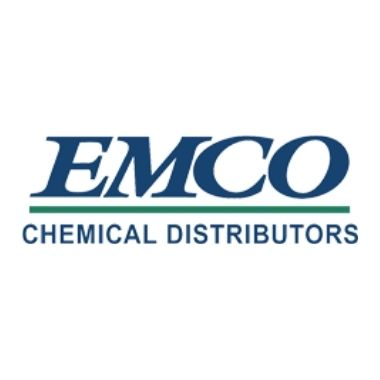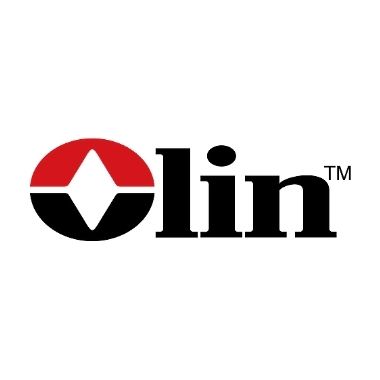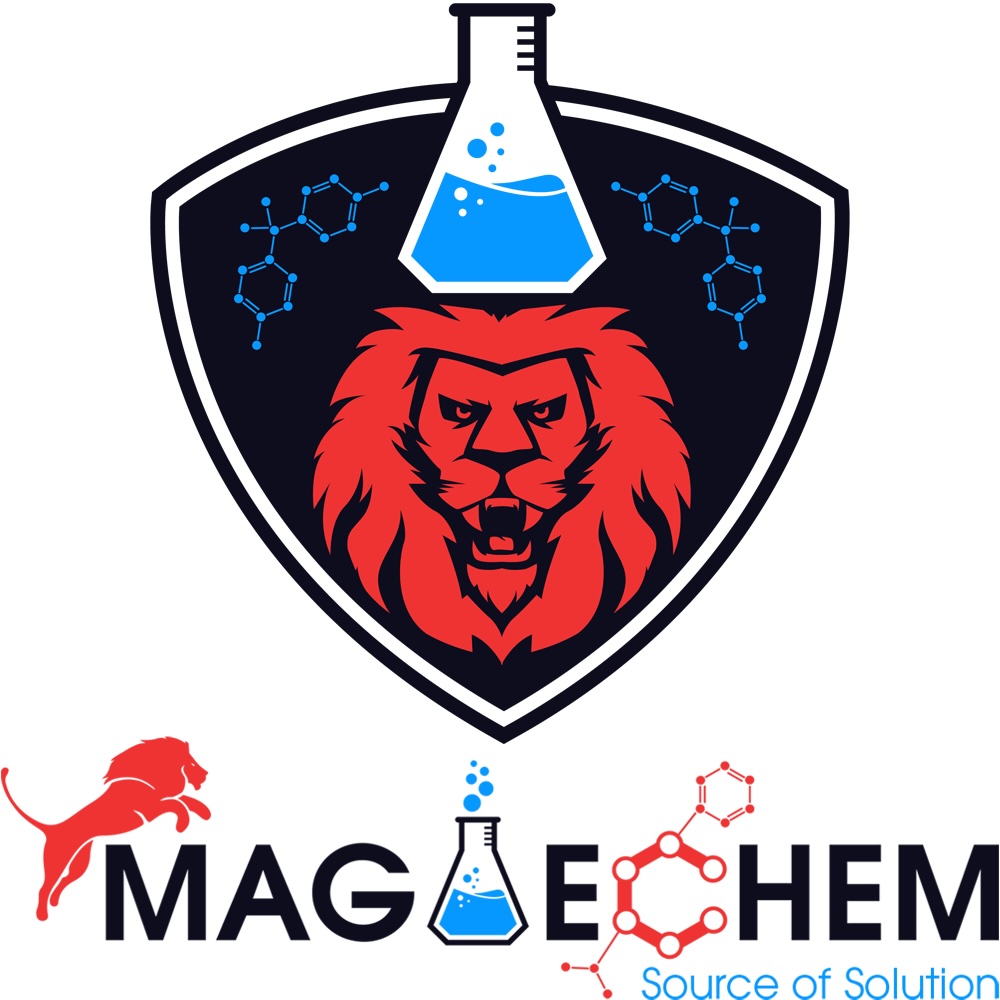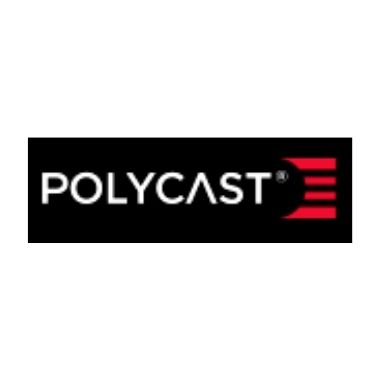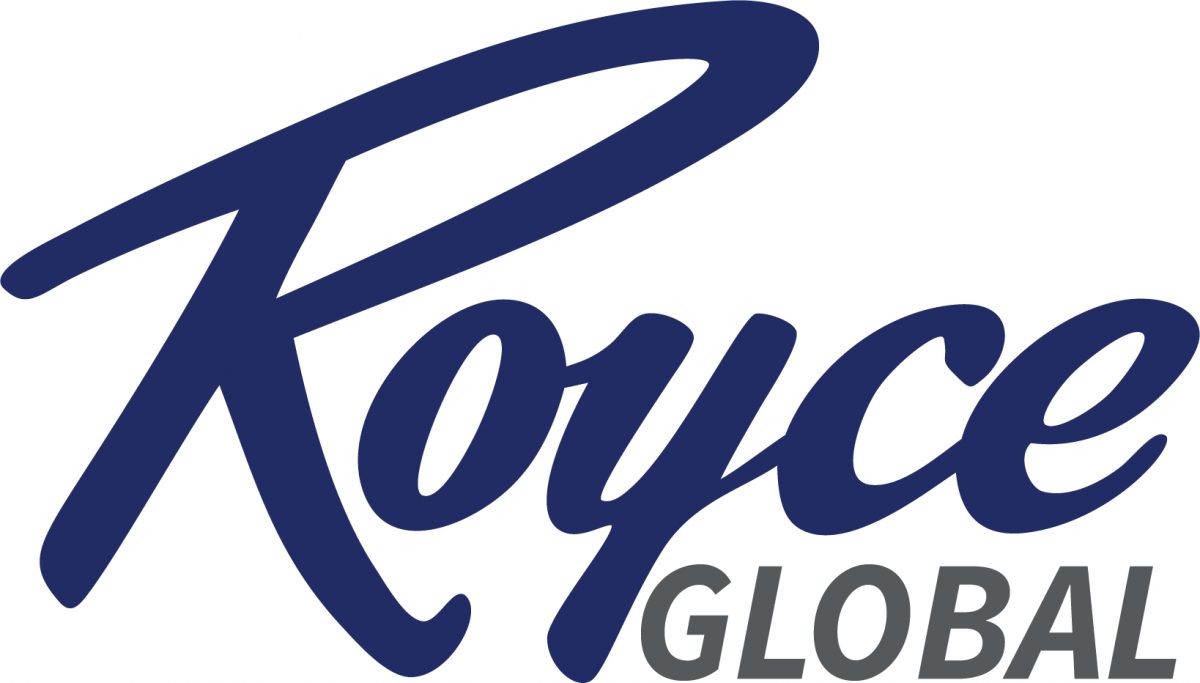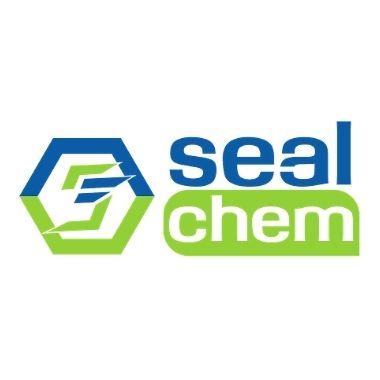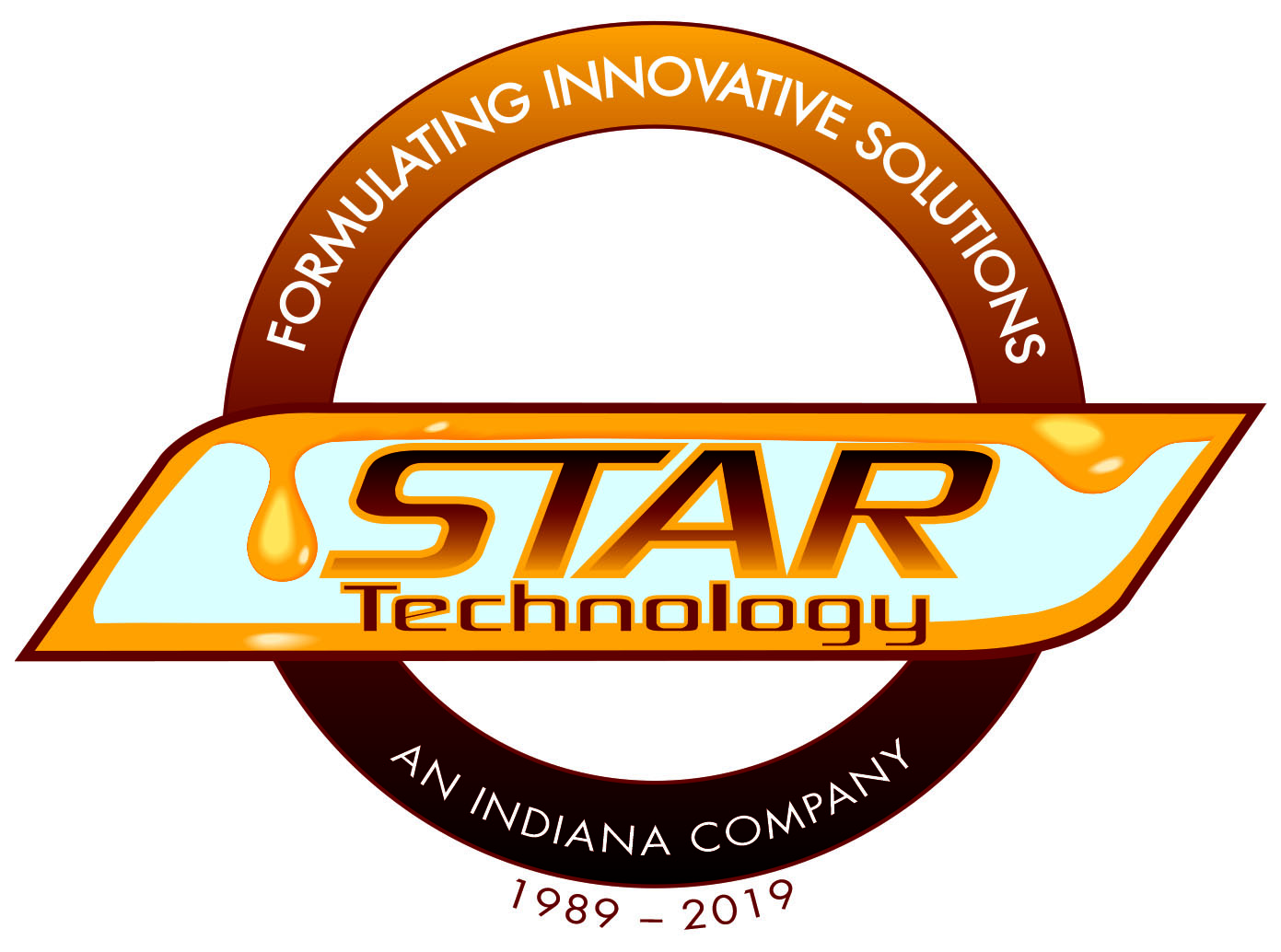2014 Annual Meeting Technical Papers
 Technical Paper presentations are essential to achieving one of the association's key objectives, which is to be "the premier forum to interact and exchange knowledge among formulators and suppliers." The 2014 Meeting schedule will include presentations from each of TRFA's Market Focused Committees. Technical Paper presentations are essential to achieving one of the association's key objectives, which is to be "the premier forum to interact and exchange knowledge among formulators and suppliers." The 2014 Meeting schedule will include presentations from each of TRFA's Market Focused Committees.
Note: Technical papers are listed in alphabetical order by company
Advantages of UV Curing in Composite Manufacturing
Jonathan Shaw, Allnex
(Adhesives and Sealants Committee)
Composites are generally cured at elevated temperature for relatively short periods of time, or at
ambient temperature for longer periods of time, or through some combination of the above. Employing Ultraviolet (UV) energy to cure composites offers a faster, lower energy use alternative to current composite manufacturing processes. One of the main benefits of employing UV curing is increased productivity, with the curing process taking place under ambient conditions in no more than a few minutes. UV curing uses single component formulations that react only after exposure to UV energy. This can result in an extremely long pot life which in turn leads to less waste and better material usage. Additionally, emissions of volatiles (e.g. styrene) may be reduced since the curing process occurs so rapidly and from the surface inwards.
This paper will review the basics of UV curing, and where UV curing is being used in composites
manufacture today as well as where it might be used in the future. A comparison of some physical
properties of UV curable composites with conventionally prepared composites will also be shown.
Latent curing agents in typical single component Epoxy Resins Applications
Peter Dijkink, AlzChem AG
(Adhesives and Sealants Committee)
The use of latent single component epoxy resin formulations is widespread in very different application areas with very different needs on cured resin properties. In order to achieve a balanced property spectrum between reactivity and latency (pot life) for each application, curing agents with sometimes unique performances are needed. This presentation provides an insight into the formulations and performances of several modern curing agents used for composite, adhesive, and powder coating applications.
Methods for improving arc trac resistance and lowering the dielectric constant of potting and encapsulation systems
Philip Rhodes, Broadview Technologies
(Potting, Encapsulation, and Electrical Committee)
Epoxies and Urethanes have been used as insulating materials for many years. There has been a recent trend towards miniaturization and increased reliability coupled with increased power demands in the micro-electronic, automotive ignition and transmission, and distribution markets. In order to meet these demands, many insulating systems have to be re-formulated to meet higher temperature and higher current demands without fear of building up static electric or stray current that can compromise the integrity of electrical systems. Improved systems have to ensure performance after heat aging, UV light exposure, thermal cycling, and moisture vapor exposure. We have studied and compared epoxy curing agents, toughness, and fillers and their effect on these properties. A review of the current commonly used solutions to these challenges as well as some new work with syntactic foams will be presented.
Epalloy ™ 7200 for low-temperature fast cure coating applications
Hitesh Soni, CVC Thermoset Specialties
(Coatings, Civil Engineering, Flooring Committee)
The coating based on Bisphenol-A-based epoxy resins has been extensively used and investigated for corrosion protection of iron, steel, and other metals owing to their superior performance in highly aggressive environments. Corrosion protective coatings based on modified Bisphenol-A epoxy resin Epalloy™ 7200 have opened a new area of coating at low temperature. Lower than the freezing point of water for obtaining low-cost coatings with enhanced performance and tailored properties. This paper highlights the latest developments in the corrosion protective performance of Epalloy™ 7200 containing formulation in coatings with standard liquid epoxy resin and solvent cut type -2 epoxy resin with modified polyamide and phenylamine. The coated films were tested for various physical, mechanical, and chemical resistance properties. The presence of Epalloy™ 7200 in formulation improves the cure speed at low temperature, faster mechanical properties development, and essentially the same chemical resistance compared to the standard epoxy resin-based formulation.
Reducing Styrene Emissions in Thermoset Composites using Fatty Acid Monomers
Alexander Grous, Dixie Chemical Company, Inc.
(Composites and Tooling Committee)
Unsaturated Polyester (UPR) and Vinyl Ester (VE) resins are commonly used in the manufacture for various industries such as aerospace, automotive, military, construction, and marine applications. Most commercial resin systems contain considerable amounts of reactive diluent monomers such as styrene. Due to growing regulatory pressure and other risk associated with styrene, the composites industry is exploring alternative diluents to reduce styrene emissions. One demonstrated strategy is the use of fatty acid-based monomers, such as methacrylate fatty acid (MFA) is a reactive diluent derived from palm kernel oil. Formulations of commercial resins were modified with various amounts of MFA and the physical and mechanical properties, application characteristics, and emissions were analyzed. Viscosity, glass transition temperature, and fracture toughness were comparable to commercial resins. Resins formulated with MFA were successfully used in a variety of composite applications, such as VARTM resins and SMC/BMC, with little or no modification to existing resin application techniques.
DSC – A Valuable Tool for Thermosets
Michael Watkins, Dixie Chemical Company, Inc.
(Composites and Tooling Committee)
Differential Scanning Calorimetry (DSC) is not just about measuring glass transition temperature (Tg). Certainly, that is a common and useful application for DSC, but this technique can give much more valuable information about thermoset reactions that can be used for problem-solving, product development, and quality control. Additional data about the cure reaction such as cure onset, peak exotherm temperature, exotherm energy, activation energy, and relative amount of cure can be determined. This paper will outline specific examples of how DSC has been effectively used in studying anhydride cured epoxy thermoset systems.
BTDA for Epoxy Systems: A Fresh Look
Borys Schafran, Evonik Corporation
(Potting, Encapsulation, and Electrical Committee)
BTDA (3,3',4,4'-Benzophenonetetracarboxylic dianhydride), introduced in the 1960s as a novel thermal curative for epoxy resins, has been recognized for advancing the performance and extending the service life of products operating under demanding conditions. Contributions provided by BTDA include an increase in high-temperature stability, chemical- and wear-resistance for a wide array of epoxy systems. Tg enhancements of 30ºC have been recorded. Due to BTDA’s physical form as a dry powder, more popular liquid mono anhydrides have found favor with formulators, due to ease of mixing and metering. This paper will serve to reintroduce BTDA and its role in adding value to epoxy systems for electrical/electronic applications. Specific examples based on BTDA and blends with mono anhydrides will be discussed.
Chemical Recycling and Repair of (Fiber-reinforced) Thermosetting Resins with Cyanurate Structures
Professor Monika Bauer, Fraunhofer Research Institution for Polymeric Materials and Composites PYCO
(Composites and Tooling Committee)
Composites with thermoset matrix are used increasingly for lightweight construction, especially for aircraft, automobiles, and windmills. For the recycling of thermoset-based materials, there are almost no established recycling methods. Polyisocyanurate Ester resins are a relatively new class of high-performance polymers developed in the 1960ies as base materials for printed circuit boards. The latest research results on chemical recycling and repair of polyisocyanurate ester resins as well as of polyisocyanurate copolymers will be presented. The research covers systematic experiments on the recycling conditions, including the influence of different recycling agents. The stability against the recycling media can be adjusted over a broad range via the specific composition. Also, the influence of the decomposition process on different reinforcement fibers is covered. Recycling conditions were found, under which the mechanical properties of glass-fibers, carbon-fibers, and even of natural fibers and aramid-fibers are unaffected. From the recyclate, the authors synthesized different new thermoset polymers, e.g. polyacrylates, polyurethanes, and epoxides, with recyclate contents up to 47 mass-% exhibiting glass transitions between 60 and 130 °C.
Development of an Anti-Corrosion Waterborne Epoxy/Amine Coating
Joshua S. Hanna, Huntsman Advanced Materials
(Coatings, Civil Engineering, and Flooring Committee)
Huntsman Advanced Materials is actively involved in the development of novel materials for environmentally friendly coatings. This work has led to the development of an anti-corrosive waterborne coating system that provides excellent protective qualities and attributes for metallic protection. A common protection mechanism utilizes sacrificial coatings formulated with large volumes of less noble metals like zinc and magnesium. Typically an organic zinc-rich primer (ZnRP), and its protective mid-coat, use an epoxy and amine chemistry that needs to abide by several parameters such as viscosity, ambient cure rate, amine equivalent weight, volatile organic compound (VOC) content, and excellent anti-corrosive behaviors. However, two-component waterborne ZnRPs present challenges since zinc can readily corrode and out-gas within an aqueous environment. A new amine hardener is introduced that yields the necessary properties including zinc compatibility, low VOC, and a long pot life. This new amine hardener was then formulated with a type-1 waterborne epoxy resin and optimized for adhesion, cure speed, and rheological properties. Upon validation as a clear, ZnRP, and a pigmented mid-coat through electrochemical impedance spectroscopy (EIS), accelerated corrosion testing via ASTM B 117 was conducted.
Tougheners for Epoxy Resin Systems
Ranell Santa Cruz, Innovative Resin Systems
(Adhesives and Sealants Committee)
Epoxy tougheners are typically additives or agents used in curable epoxy compositions for imparting an improved toughness to standard epoxy resins. Typically, rubber materials or other polymers have been included in epoxy formulations to increase the elongation to break of the end system but the addition of such ingredients often diminishes the performance durability as well as reduces the Tg of the cured system. Finding a comfortable medium with high Tg materials and high elongation materials has always been a challenge for epoxy adhesive formulators. The epoxy tougheners used in this research will add strength to the end system being used by rigidifying and adding stiffness to the bond between two different interfaces without having a seemingly unforgiving fracture-prone system. This paper is focused on a series of epoxy tougheners developed by Innovative Resin Systems and in particular by showing an improved higher strain to failure ratio of the various tougheners imparted on an otherwise inherently brittle epoxy resin formulation.
Next-Generation Epoxy System for Cured-In-Place Pipe Repair
Philip Allen, ITW Polymers Coatings North America
(Coatings, Civil Engineering, and Flooring Committee)
Trenchless technologies enable pipe rehabilitation without digging and replacing. One of these methods, Cured-In-Place Pipe Repair, consists of a thermoset resin-impregnated fabric sleeve inserted into the pipe to be rehabilitated. The resin is cured with steam or hot water to form a new pipe inside the existing one. Early systems developed in the 1970s used unsaturated polyester or vinyl ester resins, which were suitable only for sewer pipes due to the presence of toxic styrene monomer. Later, epoxy resin systems were developed for potable water, and these formulations must be free of water-extractable species. The main limitation of potable-safe CIPP resin systems is working time. While polyester or vinyl ester resins for sewer rehabilitation may be chilled and stored for days after a sleeve is wet-out, epoxies must be wet-out on or near a job site, and cannot be used in pipes over 3 feet wide. The heat-sink effect of the surrounding soil limits the temperature achievable in a buried pipe, eliminating most existing long-pot life epoxies. We present a new epoxy formulation for CIPP which achieves a balance of long working time and mild temperature curing, enabling the rehabilitation of large pipes which previously had to be dug and replaced.
Advalite™ Vinyl Hybrid Resins for Aerospace and Automotive Applications
Steve Hardebeck, Reichhold, Inc.
(Composites and Tooling Committee)
Reichhold’s long history of innovation continues with the introduction of groundbreaking technology based on its proprietary vinyl hybrid resin chemistry for composite applications. The products include ADVALITE™ liquid and ADVALITE™ hot melt prepreg resins. The hot melt resins are monomer free and the liquid resins are styrene-free and typically do not contain reactive diluents.
The ADVALITE™ Vinyl Hybrid liquid and hot melt prepreg resins exhibit excellent mechanical properties and temperature resistance up to 200ºC. These resins are cured using standard free radical inhibitors and initiators. This allows significant processing advantages as compared to epoxy resins. The low exotherm of the resin allows for rapid curing of thick laminates without cracking. The resins also exhibit excellent retention of hot/wet Tg properties. Prepreg composites produced using ADVALITE™ hot melt prepreg resin can be stored at 25 ºC for 12 months and snap cured at elevated temperatures.
The ADVALITE™ vinyl hybrid resins can be used in pre-preg, RTM, infusion, filament winding, liquid molding and pultrusion processes. The resin properties can be tailored to meet the processor’s individual specifications and characteristics. Current applications of this resin technology in automotive and aerospace applications will be reviewed.
Micronized Polyphenylene Ether in Epoxy Resins
Ed Peters, Sabic Innovative Plastics
(Potting, Encapsulation and Electrical Committee)
Epoxy resins can be formulated with a number of reagents to modify and tailor their performance. There have been numerous studies on the use of engineering thermoplastics (ETP) in epoxies for performance enhancements. The interest in thermoplastic-modified epoxy resins is in increasing the heat deflection temperature while maintaining other properties. Historically this technology involves a solution process where the ETP was dissolved in the epoxy resin at elevated temperatures. Such processes have complications such as the need for very high temperatures to solubilize the thermoplastic, huge increases in viscosity, and varying morphologies after curing. Hence an inventive method was developed which ameliorated the high temperatures and viscosities normally required. This paper will focus on the use of micronized polyphenylene ether in this novel procedure to prepare castings of epoxy resins.
Panel Discussion: Tougheners for Composites
 Moderator: Professor Ray Pearson, Lehigh University Moderator: Professor Ray Pearson, Lehigh University
Raymond A. Pearson received a B.S. degree in chemistry from the University of New Hampshire, Durham, in 1980 and a Ph.D. degree in materials science and engineering from the University of Michigan, Ann Arbor, in 1990. Dr. Pearson joined the Materials Science and Engineering Department at Lehigh University, Bethlehem, PA in August 1990 as an Assistant Professor. Ray is currently a full Professor in the Materials Science and Engineering Department and the Director of the Center for Polymer Science and Engineering at Lehigh University. In 2010 he became a Fellow of the Society of Plastics Engineers.
Prof. Pearson's research interests include all aspects of processing, deformation, yield, and fracture of polymers with a focus on adhesion and interfacial issues in microsystems packaging. Notable research accomplishments include the elucidation of toughening mechanisms in rubber-modified and silica-filled epoxies. Recent efforts are focused on the mechanical behavior of nano blends and nanocomposites.
Panelists and topics:
Interlayer Toughener of Fiber Reinforced Composite Materials- Brian Hayes, Applied Poleramic
Fiber-reinforced polymer matrix composite materials having the highest damage tolerance are developed by utilization of interlayer toughening. This is the most efficient use of toughening materials which focuses the modification in the highly stressed interlayer region, resulting in reduced delamination upon impact. The first generation interlayer modified composites consisted of one resin in the intraply region and another dissimilar highly toughened resin in the interply region. At present, state-of-the-art toughened composites consist of the same base resin throughout the entire composite with the resin between the plies selectively toughened using preformed thermoplastic or rubber particles or very light thermoplastic veils. This presentation will discuss the concept, materials, and mechanisms of toughening.
Functionalized Synthetic Rubbers- William Starner, CVC Thermoset Specialties
Functionalized synthetic rubbers prepared from polybutadiene and polybutadiene/acrylonitrile have been used as tougheners in epoxy formulations for many years. The functionalization is a carboxylic acid, amine, epoxy, and vinylic termination of said polymers. They can be used in 1 part systems or mixed with the part A or B side of the epoxy formulation which upon mixing, perhaps heating, and curing, causes the epoxy, curative, and functionalized synthetic rubber to react forming cured performance polymer. During this curing, as the molecular weight builds, the functionalized synthetic rubber, although covalently bonding to the epoxy network, becomes incompatible in the epoxy matrix and phase separates into microdomains imparting a toughening effect to the epoxy polymer. The enhanced toughening properties will be discussed.
Block Copolymers/Filament Wound Anhydride based Formulations-Yi-Ling (Ivan) Liang, Dow Chemical Company
Epoxy thermosets are commonly used and are best known for their high glass transition temperature (Tg), superior creep resistance, good environmental resistance, and high stiffness, but they are known to be relatively brittle. We are hereby introducing a newly developed, low viscous, block copolymer (BCP) as the toughening agent. A significant improvement in fracture toughness and lap-shear strength is observed when using a small amount of BCP in the anhydride-epoxy and dicyandiamide-epoxy formulation, respectively. In addition, a side-by-side comparison against other toughening agents is provided to address two major limitations of using the rubber toughening techniques in thermosets. They are mainly (1) the increase in viscosity of the liquid formulations causing undesirable changes of processing conditions, and (2) the reduction in Tg and elastic modulus due to the incorporation of the soft domains.
Surface Functionalized Nanosilica-
Kunal Kumar, Evonik
Surface functionalized nanosilica have been commercially available for over a decade as concentrates in common liquid epoxy resins. These are used in resin formulations for composites to improve their strength, modulus, toughness and fatigue performance. Unlike dry or particulate fillers, these are transparent, do not cause any change in thixotropic properties of the formulation, and do not settle. Moreover, because of their small size (20nm), these can easily penetrate close-meshed fabrics in composite manufacturing without filtering.
This presentation covers a general overview of surface-modified nanosilica technology, and some recent results demonstrating how surface-functionalized nanosilica can be used with the commonly available reactive liquid rubbers (CTBN) or core-shell rubbers to produce hybrid systems that are tougher yet stiffer and have much superior fatigue performance compared with systems with only one modification.
|


 Technical Paper presentations are essential to achieving one of the association's key objectives, which is to be "the premier forum to interact and exchange knowledge among formulators and suppliers." The 2014 Meeting schedule will include presentations from each of TRFA's Market Focused Committees.
Technical Paper presentations are essential to achieving one of the association's key objectives, which is to be "the premier forum to interact and exchange knowledge among formulators and suppliers." The 2014 Meeting schedule will include presentations from each of TRFA's Market Focused Committees. Moderator: Professor Ray Pearson, Lehigh University
Moderator: Professor Ray Pearson, Lehigh University
